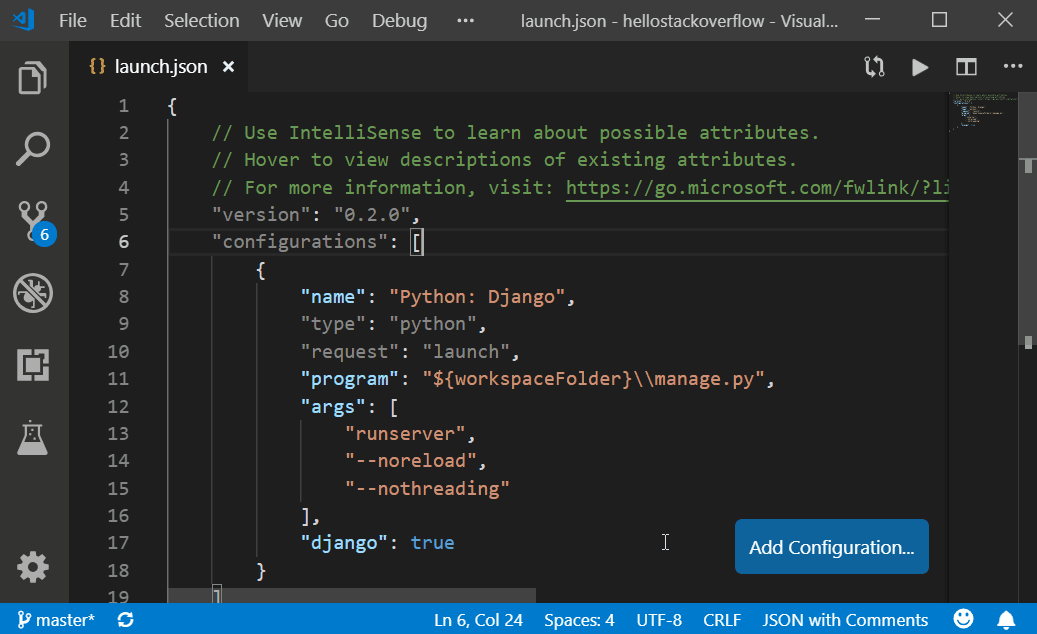

For the purposes of this walkthrough, however, let's start with an empty project. Python support in Visual Studio includes several project templates, including web applications using the Bottle, Flask, and Django frameworks. Using search is a great way to find a template when you can't remember its location in the languages tree. To view Python templates, select Installed > Python on the left, or search for "Python". Here you browse templates across different languages, then select one for your project and specify where Visual Studio places files. In Visual Studio, select File > New > Project ( Ctrl+ Shift+ N), which brings up the New Project dialog.
Step 5: Install packages and manage Python environments. Step 4: Run the completed program in the Visual Studio debugger. Step 3: Create more code in the Interactive REPL window.  Step 2: Write and run code to see Visual Studio IntelliSense at work. Step 1: Create a Python project (this article). This tutorial guides you through the following steps: Visual Studio provides first-class language support for Python. Many universities, scientists, casual developers, and professional developers use Python. The language supports all kinds of development, including web applications, web services, desktop apps, scripting, and scientific computing. Python is supported by both a strong developer community and many, free libraries. Python is a popular programming language that is reliable, flexible, easy to learn, and free to use on all operating systems.
Step 2: Write and run code to see Visual Studio IntelliSense at work. Step 1: Create a Python project (this article). This tutorial guides you through the following steps: Visual Studio provides first-class language support for Python. Many universities, scientists, casual developers, and professional developers use Python. The language supports all kinds of development, including web applications, web services, desktop apps, scripting, and scientific computing. Python is supported by both a strong developer community and many, free libraries. Python is a popular programming language that is reliable, flexible, easy to learn, and free to use on all operating systems. 
Applies to: Visual Studio Visual Studio for Mac Visual Studio Code







 0 kommentar(er)
0 kommentar(er)
